The Champagne Accident
January 2, 2015 in Daily Bulletin

Enjoy a glass of bubbly on the New Year? Turns out it wasn’t always a classy drink, according to Kate Bratskeir:
- Champagne was first created due to freak weather events. In 1400s Europe an abrupt temperature drop temporarily stopped the wine fermentation process.
- When temperatures warmed up in the spring the process restarted itself. This led to excess carbon dioxide and bubbly wine.
- The result was widely regarded as a sign of careless winemaking, in part because the bottles holding it would sometimes explode.
- However over time the populace grew to like it, and a monk named Don Pierre Pérignon was asked to make it even bubblier.
- In that way champagne is like lobster – it went from being a poor man’s food to one being enjoyed by the elite.
- Marilyn Monroe is said to have filled a bath with 350 bottles of it to bathe in.
Read more about the history of champagne here.
Source: Huffington Post


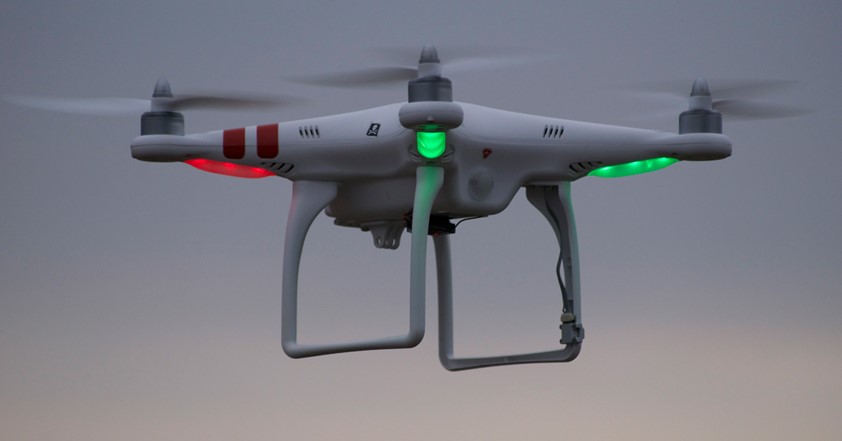
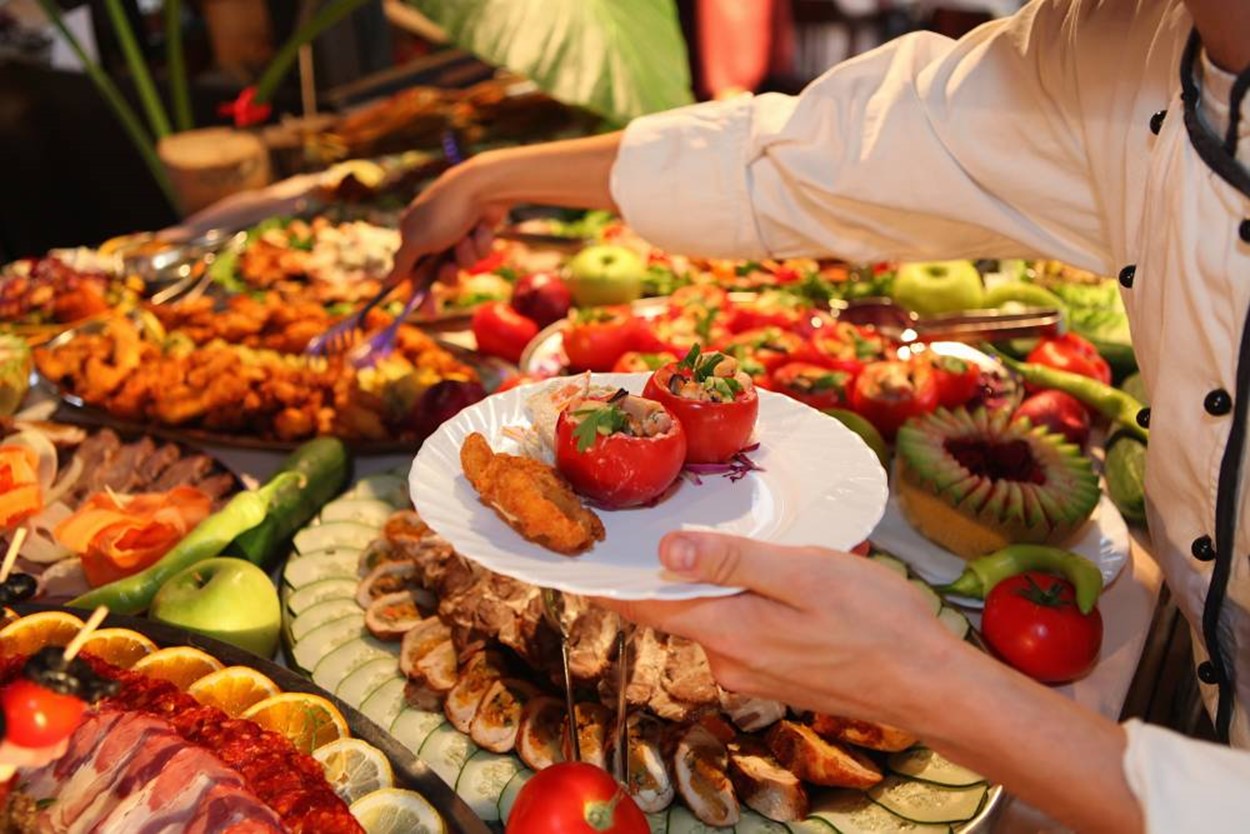
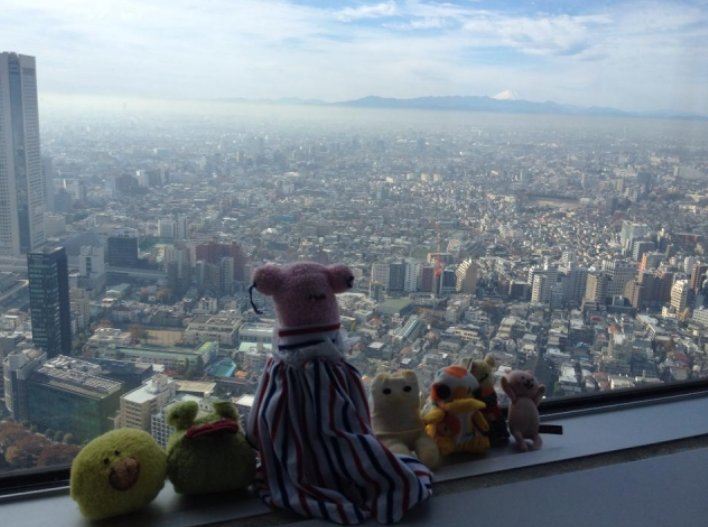
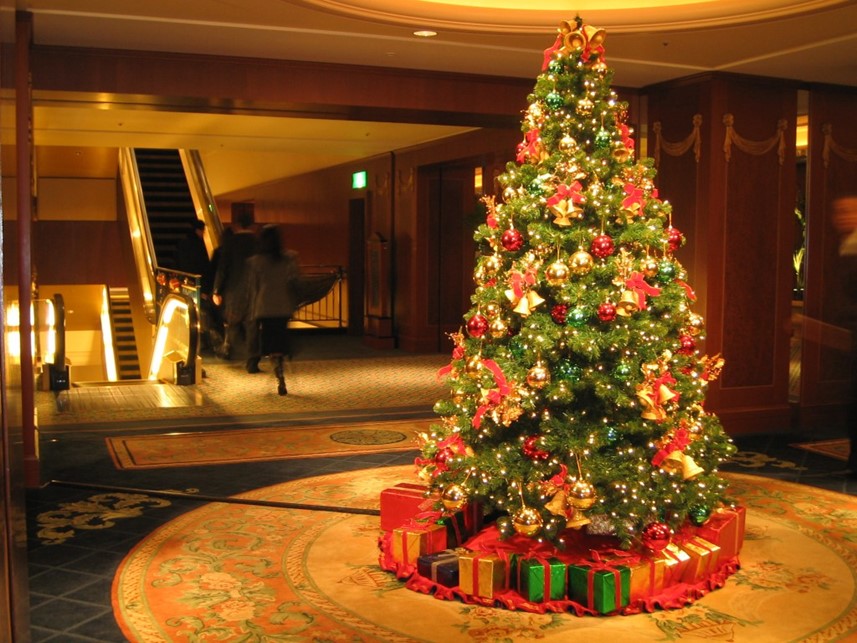


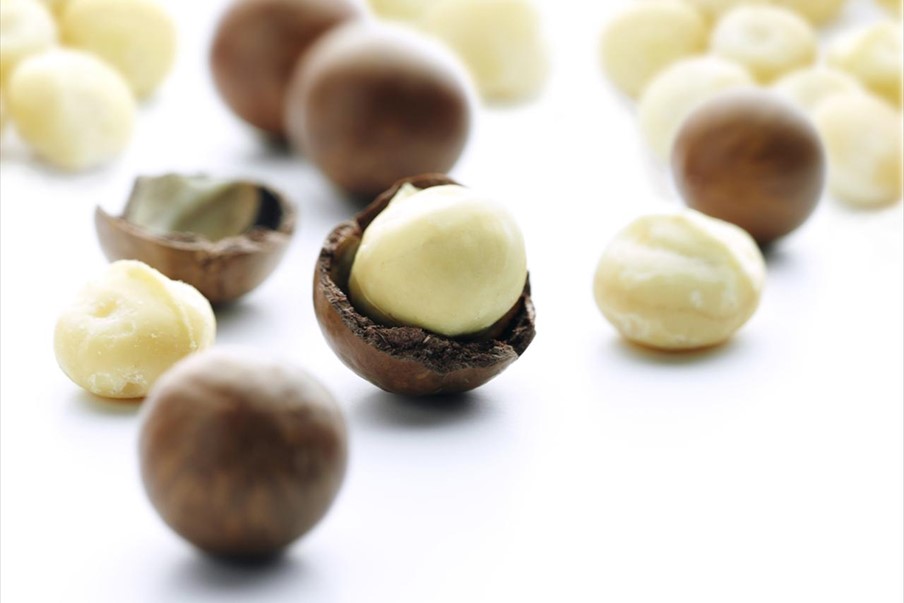
Join the Discussion! (No Signup Required)